Neijing Nature Based Medicine: Returning to the Root with Dr Edward Neal
PODCAST
With Gavin Martin-Rentz and Dr. Edward Neal
Join us for an in-depth conversation with Dr Edward Neal, physician, researcher, and founder of Neijing Nature Based Medicine. In this interview, we explore the roots of Chinese medicine through the lens of the Huangdi Neijing and discuss what this classical text can teach us about clinical practice today.

